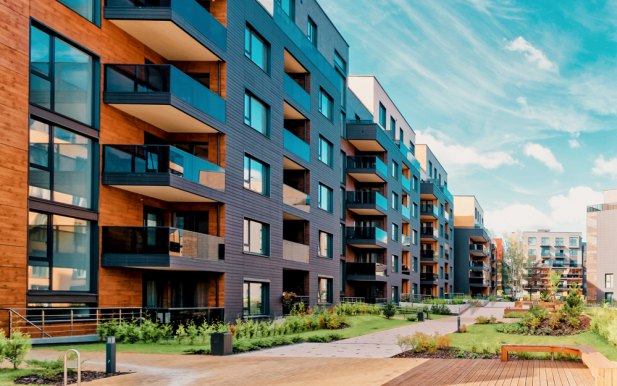
Steps to building commissioning
Commissioning your new construction can pay dividends
Building commissioning for your new construction can be a complicated process, but it also is one that pays back in terms of improved project outcomes. To do it right requires attention at every stage of the commercial construction process, from the first spade of dirt to the building’s use. When done well, commissioning allows you to identify and resolve issues during the construction process, leading to fewer change orders, greater energy efficiency and potentially lower maintenance and operations costs during the building lifecycle.
Goals of commissioning your commercial construction project will likely include:
- A completed project that meets the owner’s requirements
- The elimination or prevention of issues through a proactive approach
- Systems installed and working, as well as verification
- Lower startup and operation costs
- Building optimized for energy savings
- Operational and maintenance staff appropriately trained
- Lasting facility performance
Overall, the goal of commissioning (sometimes Cx for short) is to improve a project from beginning to end. The potential value of building commissioning is great, but the key to a successful project lies in having a productive commissioning program. So what are the steps to making that happen? Let’s break it down.
Building Commissioning: the steps to success
Here are the five stages of the commissioning process as well as some of the associated activities.
Step 1: Project planning
During this phase, commissioning activities will include selection of a commissioning agent, specification of their responsibilities and development of the owner’s project requirements. The design team is also chosen during this phase, or if you are working with a design-build team, you can rest assured all of the team is at the table, working toward a shared vision. The designer or design-builder will develop the commissioning Request for Qualifications and Request for Proposal. Work on developing the commissioning plan also begins.
Step 2: The design phase
During this phase, the plan is developed, a commissioning agent is selected and the commissioning agent reviews the design documents to ensure the owner’s project requirements are met, while also reviewing and providing input on the Basis of Design and the Design Narrative. The format of issues log is finalized, the commissioning plan is updated, and the commissioning specifications are put together. Finally, the commissioning agent conducts a design review.
Step 3: Construction
As construction of the facility begins, this ushers in a new commissioning phase, which includes implementation of the commissioning plan, review of the submittals by the commissioning agent, the start of regular commissioning meetings and maintenance of the issues log. Test and Balance (TAB) procedures are reviewed by both the commissioning team and the design-builder, and the TAB agency begins their work. In addition, pre functional checklists are brought into play, and HVAC startups begin to catch any issues and address them. At this time, operations and maintenance personnel documentation takes place as well as training.
Step 4: Acceptance
As training wraps up and documentation is finished, the owner accepts the building. During this phase, the commissioning agent provides functional performance testing. HVAC controls are documented and the TAB report goes to the design-build team, with verification by the commissioning agent. When problems are identified, they are addressed and tested again.
Step 5: Project occupancy
At last, the building owner begins occupancy. Functioning Performance Testing occurs, allowing issues to be identified, addressed and retested. And finally, the final commissioning report is complete.
Commissioning your building: ensuring project goals are met
When it comes to commercial construction projects, building commissioning provides quality assurance and affords you the opportunity to clearly define expectations and have issues addressed proactively. For countless building owners, it provides peace of mind that their project requirements are met. By partnering with a design-build firm, you can also discover increased efficiencies and virtual elimination of change orders, because all project stakeholders work on the same team. To learn more about how design-build can drive successful completion of your next commercial construction endeavor, contact us.